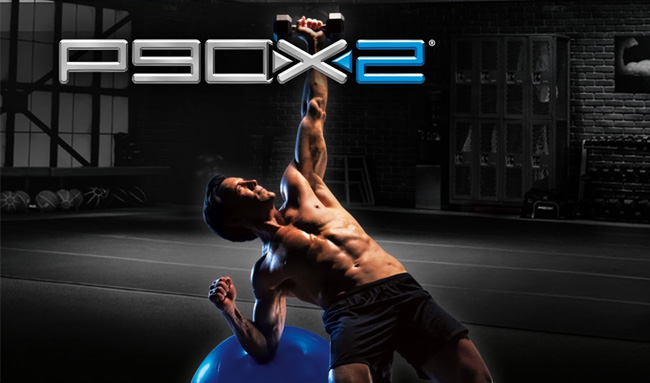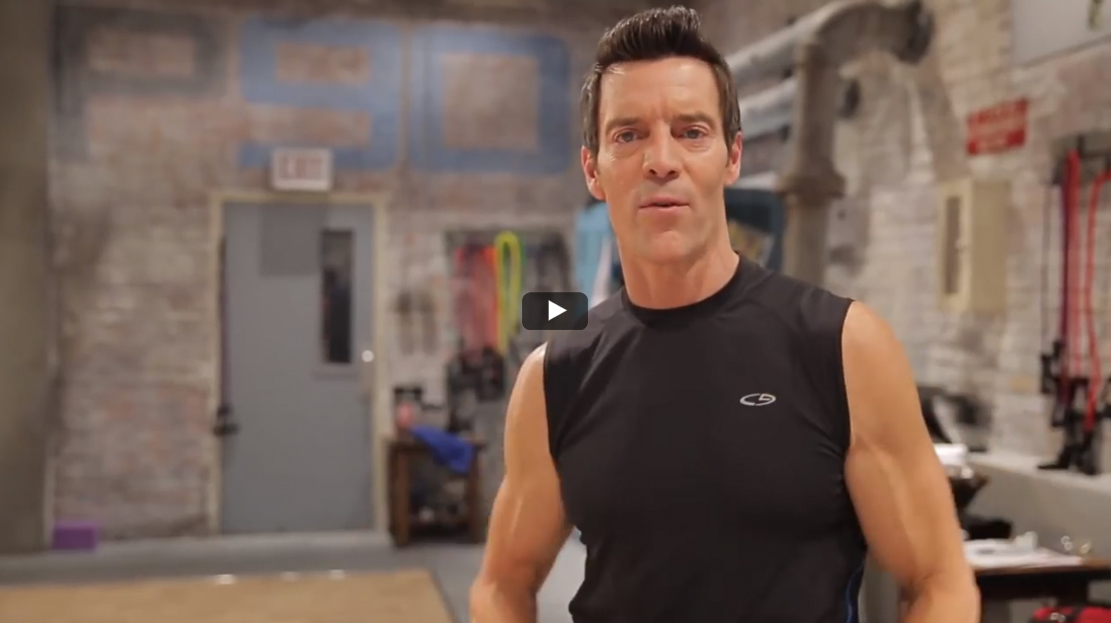

Like, that takes it to another level, in my opinion. You mean trying to keep up –Ĭraig Ballantyne: People watch the DVD, as opposed to just getting a book. Tony Horton: The follow-along? I’m not sure if I know what you’re asking. How important do you think is the follow-along aspect of P90 a nd P90X and stuff like that? I mean, personally I think it’s probably one of the most important aspects of it, but w hat are your opinions on that? So for the first time, people were getting all that stuff that I had learned over all that time with these celebrity clients, and getting it delivered to their front door.Ĭraig Ballantyne: I’ve got a question for you. That’s the stuff that you got when you joined a gym and had a trainer.īut the thing about a gym is, very few people were going to gyms six days a week, and especially not using a trainer six days a week. And then the following day, we would focus mostly on aerobic type moves or interval stuff that got his heart rate up, to build up his endurance.Īnd so when Carl came to me, he said, “Can you create some kind of a routine in front of a television set that’s similar to the one that you did with Tom, without machines?” And I said, “Sure.” You know, you’d use dumbbells and bands and basic football drills, basketball drills, different kind of things we were using, kind of jumping around in a small space, ’cause people don’t have a lot of space in front of their television set.Īnd our company was off the radar, and then Power 90 came out and all of a sudden we were the only fitness company in the country doing something that no one would have even attempted to do prior, which is try to sell six days’ worth of exercise and healthy eating in an infomercial. So we lightened the load with the weight, and we kept the pace up. That way when we jump from body part to body part, there’s not a lot of lag time in between because we’re not attacking the same – like, when you go to the gym, you do a set of – you do a bench press, and then you change the weights and you put your buddy on the bench and then he does a set, and then you’re sitting there spotting him there’s all that dead time. So I said, “Let’s just focus on your whole body, resistance-wise.” It just – I didn’t wanna put him through that. We would emphasize cardio, because back in those days, he was not capable of doing what I was doing, which was going to the gym for an hour and a half and then doing cardio afterward. And we’d do ab routines maybe three times a week.

So what we did was we concentrated on a circuit training routine, where you started with your chest, back, shoulders, biceps, triceps, legs. It was the routine that I gave Tom Petty, that I had with Tom Petty before he went on a tour, way back in those days.Īnd when I first met Tom, he was in terrible shape, and he just had never had an exercise routine before. And so Power 90 was sort of a slightly more involved version of that. One was a stretch one was an arm one was legs one was a little cardio routine. And it was, like, maybe six different workouts that you did. Power 90 started when – we did a product called Great Body Guaranteed, and it was these 15-minute workouts. It’s become an acronym called P90 now, but it was Power 90.
Tony horton p90 torrent tv#
In today’s interview excerpt we discover the workout that reshaped Tom Petty, the origins of P90X, as well as some of Tony’s favorite exercises…so let’s continue on with Tom Petty, Tony Horton, And The Genesis Of P90X…Ĭraig Ballantyne: Why don’t you tell us, maybe, a little bit more about the genesis of the actual program that you guys started selling on TV back in ’98 or ’99 or whenever it was? That was the original – that was just P90 is that what that was? If you missed part 1 of the interview, you’ll want to read what Tony learned early on in life that he now uses to help shape millions of people all over the world. Welcome to part 2 of the 9-part Tony Horton interview.


 0 kommentar(er)
0 kommentar(er)
